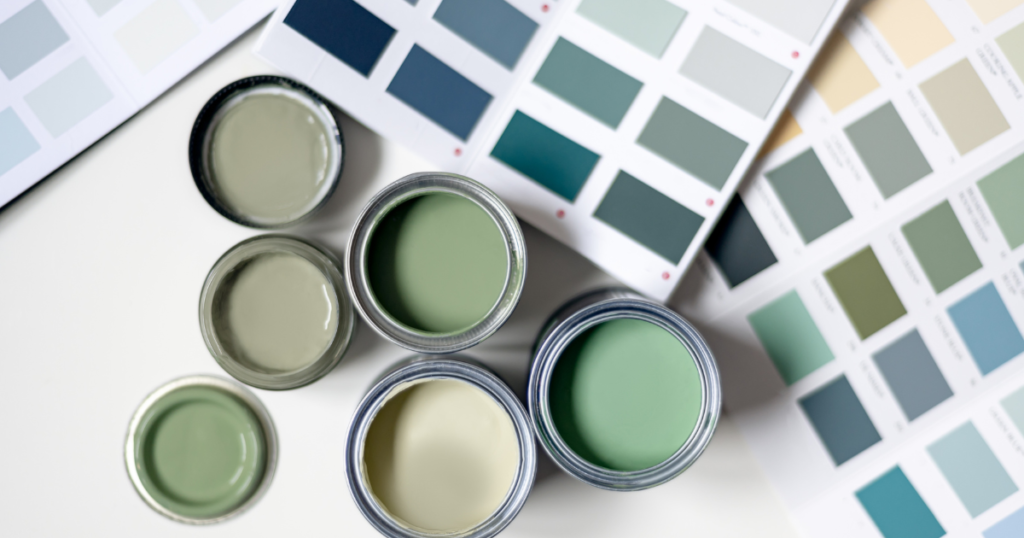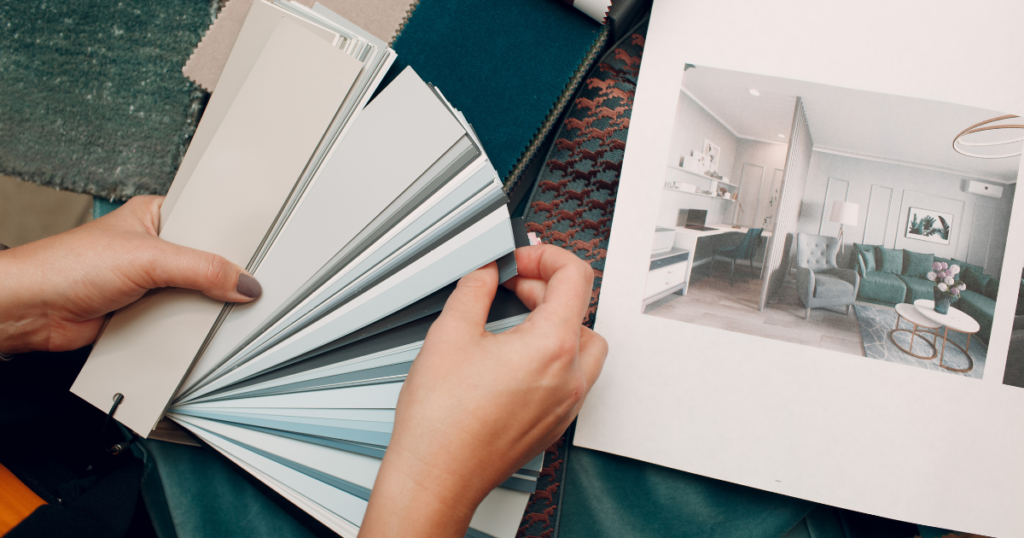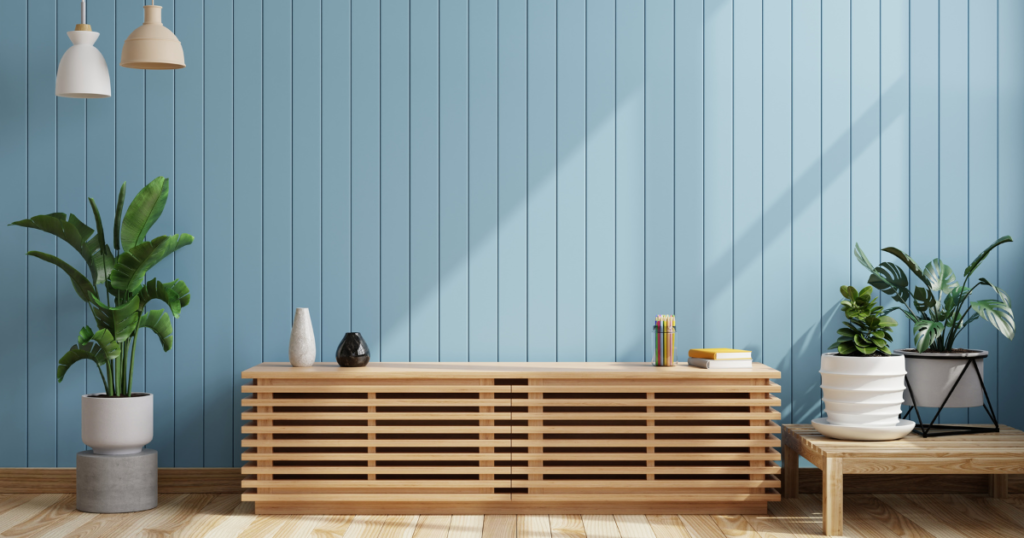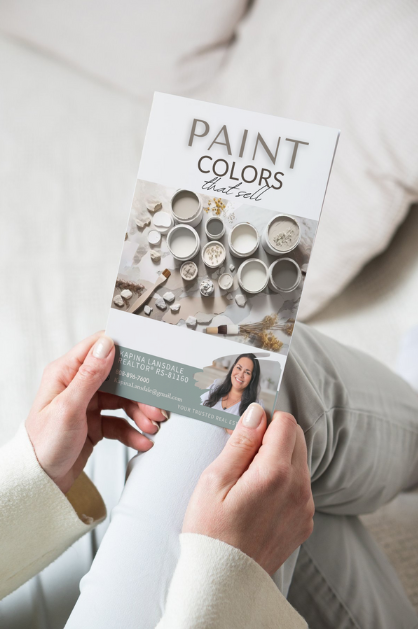A GUIDE TO CHOOSING COLORS FOR PAINTING YOUR NEW HAWAII HOME

Hawaii, with its stunning landscapes and laid-back lifestyle, offers a unique backdrop for your new home. When it comes to painting, the right colors can enhance the island vibe and create a relaxing atmosphere. Here’s a guide to choosing colors that perfectly complement your new Hawaiian haven.
HOW TO CHOOSE THE BEST PAINT COLORS FOR Hawaii REAL ESTATE

Before you pick up a paintbrush, it’s essential to determine your painting goals. Are you simply looking to update your home’s appearance, or do you want to create a specific mood or feeling in a particular space? Perhaps you’re planning to introduce new furniture or accessories and need a complementary backdrop. Or maybe you’re aiming to craft a relaxing bedroom or brighten up a frequently used entertaining area.
Your reasons for painting will significantly influence your color choices. If you’re seeking a brighter space, you’ve already narrowed down your options considerably. For a calming effect, both light and dark hues can be effective.
Once you’ve established your “why,” consider the “what” – are you painting a few rooms, an entire floor, or the whole interior? Or perhaps you want to tackle the exterior, or both?
Regardless of the project’s scope and your motivations, it’s crucial to outline your goals early on. While you may not have specific colors in mind at this stage, setting initial parameters will streamline the repainting process.
If you’re painting a single room or a small group of rooms, it’s a manageable DIY project, and paint selection is usually straightforward. However, extensive paint jobs, especially those involving large spaces or coordinating indoor and outdoor color schemes, can be time-consuming. In such cases, consulting a designer or color specialist for guidance, and potentially a contractor for the actual painting, might be beneficial.
seek inspiration

Determining which interior colors work and which don’t with your current decor requires a lot of trial and error. But it doesn’t need to be a long, arduous process if you know how different palettes interact within your individual spaces.
To determine an initial baseline, start by looking at magazines, online sites such as Pinterest, or watching home improvement shows. Pay attention to rooms or homes similar to your Hawaii residence — furniture or accessories, flooring or window treatments, appliances and countertops, or layout. Aside from being fun research, it provides a good idea for schemes that work or those to avoid.
An inspiration or color board (also called a mood board) will allow you to visualize your earliest ideas. As simple as posting pictures of your furniture and rooms to a poster board and interchanging various color schemes around them, you can also create online versions to streamline the process.
Embrace the Island Vibes
- Natural Hues: Draw inspiration from Hawaii’s lush greenery, sandy beaches, and crystal-clear waters. Consider shades of green, blue, and beige to evoke the island’s natural beauty.
- Tropical Tones: Add a splash of vibrant color with tropical hues like coral, mango, and hibiscus pink. These colors can create a lively and energetic atmosphere.
- Neutral Neutrals: For a more classic look, opt for neutral shades like white, off-white, and light gray. These colors can provide a clean and timeless backdrop for your island-inspired décor.

Use your home's architecture as your guide
Is your residence a brand new contemporary construction? Are you looking to update a classic bungalow or craftsman? Or are you wanting to restore a unique plantation home to its original glory?
Whatever your project, let your home’s architecture guide your color choice. Focus on design lineage. Research restored properties like yours and the colors an owner incorporated to liven up the house.
In addition to accounting for your home’s overall architecture, pay close attention to the design details within each room. When seeking inspiration, elements such as flooring and countertops are part of your paint selection process. So should columns, doors, door and window trim, crown molding, cabinetry, and a room’s hardware and fixtures.
In most cases, doors, trim, and molding are left white. But if it works within a chosen set of colors, various off-whites or neutrals will produce designer-worthy accents. Hardware and fixtures are interchangeable, but the sheer volume makes switching them out tedious. Include them in your inspiration board to avoid making a mismatch.
As for floors, counters, cabinetry, and backsplashes, ensure each element is a central part of your color selection. In most cases, they’ll have little impact on limiting your paint options. However, bold interior designs, such as designer kitchens and custom flooring, often come with unique patterns or colors. Your chosen wall colors need to complement or work in tandem with them.
Tip: A ceiling can make or break a color scheme
Different colors and paint schemes create different effects when added to a ceiling — you can make a room soar or make it feel cramped within a few shades. Also, account for the type of ceiling in a room. Luxury homes in Austin feature all types: beam, coffer, cove, slope, tray, vaulted or cathedral, or the standard flat.
Even if you don’t paint the ceiling (or only paint it white), remember that it does have a role to play in shaping the look and feel of your home.
Dial-in the specifics

The five types of finishes include:
- High gloss: the most durable finish also reflects the most light and is ideal for kitchens, bathrooms, and trim
- Semi-gloss: similar to high gloss, with high durability and a slightly duller sheen
- Satin: carries a soft smoothness that adds brilliance to a family room or other high-traffic areas; easy to clean but requires a careful application to avoid imperfections
- Eggshell: name is indicative of its lack of reflectivity or luster; great for low-traffic areas such as living or formal dining rooms
- Flat: also referred to as a matte finish, it will absorb light and hide imperfections but is challenging to clean; best used in primary or guest bedrooms with little to no traffic

Get your Free Pre-Listing Kit
Thinking of selling but not sure where to start? Often times getting your home ready for market is an overwhelming task. Let me guide you with my Pre-Listing Kit filled with tips on how to prep your home, colors to choose that sell and so much more!
kapina
Whether buying or selling, Kapina delivers service beyond comparison. Kapina works closely with each of her clients to find their ultimate property in the most premier locations, and secures the best deal. When listing a property, Kapina maximizes each property’s market value with her unmatched marketing strategy.
Kapina Lansdale
808.896.7600

All information is deemed reliable but not guaranteed and should be independently reviewed and verified.
